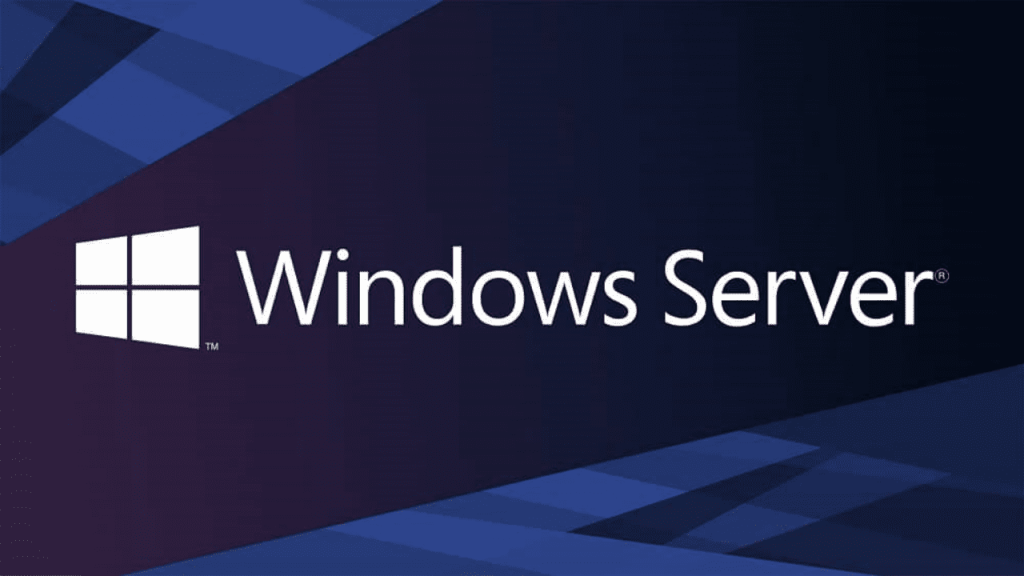Microsoft Windows Server 2022 Hybrid Administrator Associate (AZ 800-801)

CSL Training provides Microsoft Windows Server 2022 training in Dhaka. The delay to the Windows 10 1809 release caused a hiccup in the Windows Server 2022 launch, which means that the Long Term Support Channel (LTSC) version of Windows Server is becoming available to organizations alongside the first preview of the next Semi Annual Channel (SAC). This shouldn’t be confusing to server admins, since the two channels are designed for different roles. The SAC releases preview features that will come to the slower-moving LTSC in the future, and many organizations will run them side by side.
Server 2022 shows the results of this cycle, with improvements to containers (including support for Linux containers on Windows Server) and the Windows Subsystem for Linux, added so that developers and operators alike can run the same Linux scripts and command-line utilities as on their Windows 10 desktop.
But this release is also the kind of major step forward you expect from the version of Windows Server that comes out every two to three years rather than every six months. There are major improvements in security, in hyperconverged infrastructure (especially around storage) and in hybrid cloud, whether that’s integrating with Azure services in your own infrastructure or running cloud application platforms with containers.
They need to be good team players with excellent communication skills also need to have an analytical bent of mind and competent problem-solving skills.
Course Objectives
- Understand and use essential tools
-
- Access a shell prompt and issue commands with correct syntax
- Use input-output redirection (>, >>, |, 2>, etc.)
- Use grep and regular expressions to analyze text
- Access remote systems using SSH
- Log in and switch users in multiuser targets
- Archive, compress, unpack, and uncompress files using tar, star, gzip, and bzip2
- Create and edit text files
- Create, delete, copy, and move files and directories
- Create hard and soft links
- List, set, and change standard ugo/rwx permissions
- Locate, read, and use system documentation including man, info, and files in /usr/share/doc
- Create simple shell scripts
-
- Conditionally execute code (use of: if, test, [], etc.)
- Use Looping constructs (for, etc.) to process file, command line input
- Process script inputs ($1, $2, etc.)
- Processing output of shell commands within a script
- Processing shell command exit codes
Target Audience
- IT Professional
- Network Professional
- Network Admin
- System Engineer
Course Pre-Requisites :
- Some exposure to and experience with Active Directory Domain Services (AD DS) concepts and technologies in Windows Server 2012 or Windows Server 2016.
- Experience and an understanding of core networking technologies such as IP addressing, name resolution, and Dynamic Host Configuration Protocol (DHCP).
- Experience working with and an understanding of Microsoft Hyper-V and basic server virtualization concepts.
- An awareness of basic security best practices.
- Experience working hands-on with Windows client operating systems such as Windows 8, Windows 8.1 or Windows 10
- Basic experience with Windows PowerShell.
Course Summary
Course Fee
৳ 15,000
Training Method
Offline/Online
Total Modules
10
Course Duration
84 Hours
Total Session
21/28
Class Duration
4/3 Hours

Details Course Outlines
Module-01
Deploy and manage Active Directory Domain Services (AD DS) in onpremises and cloud environments (30–35%)
- Deploy and manage AD DS domain controllers
- Configure and manage multi-site, multi-domain, and multi-forest environments
- Create and manage AD DS security principals
- Implement and manage hybrid identities
- Manage Windows Server by using domain-based Group Policies
Module-02
Manage Windows Servers and workloads in a hybrid environment (10– 15%)
- Manage Windows Servers in a hybrid environment
- Manage Windows Servers and workloads by using Azure services
Module-03
Manage virtual machines and containers (15–20%)
- Manage Hyper-V and guest virtual machines
- Create and manage containers
- Manage Azure Virtual Machines that run Windows Server
Module-04
Implement and manage an on-premises and hybrid networking infrastructure (15–20%)
- Implement on-premises and hybrid name resolution
- Manage IP addressing in on-premises and hybrid scenarios
- Implement on-premises and hybrid network connectivity
Module-05
Manage storage and file services (15–20%)
- Configure and manage Azure File Sync
- Configure and manage Windows Server file shares
- Configure Windows Server storage
Module-06
Secure Windows Server on-premises and hybrid infrastructures (25– 30%)
- Secure Windows Server operating system
- Secure a hybrid Active Directory (AD) infrastructure
- Identify and remediate Windows Server security issues by using Azure services
- Secure Windows Server networking
- Secure Windows Server storage
Module-07
Implement and manage Windows Server high availability (10–15%)
- Implement a Windows Server failover cluster
- Manage failover clustering
- Implement and manage Storage Spaces Direct
Module-08
Implement disaster recovery (10–15%)
- Manage backup and recovery for Windows Server
- Implement disaster recovery by using Azure Site Recovery
- Protect virtual machines by using Hyper-V replicas
Module-09
Migrate servers and workloads (20–25%)
- Migrate on-premises storage to on-premises servers or Azure
- Migrate on-premises servers to Azure
- Migrate workloads from previous versions to Windows Server 2022
- Migrate IIS workloads to Azure
- Migrate an AD DS infrastructure to Windows Server 2022 AD DS
Module-10
Monitor and troubleshoot Windows Server environments (20–25%)
- Monitor Windows Server by using Windows Server tools and Azure services
- Troubleshoot Windows Server on-premises and hybrid networking
- Troubleshoot Windows Server virtual machines in Azure
- Troubleshoot Active Directory
